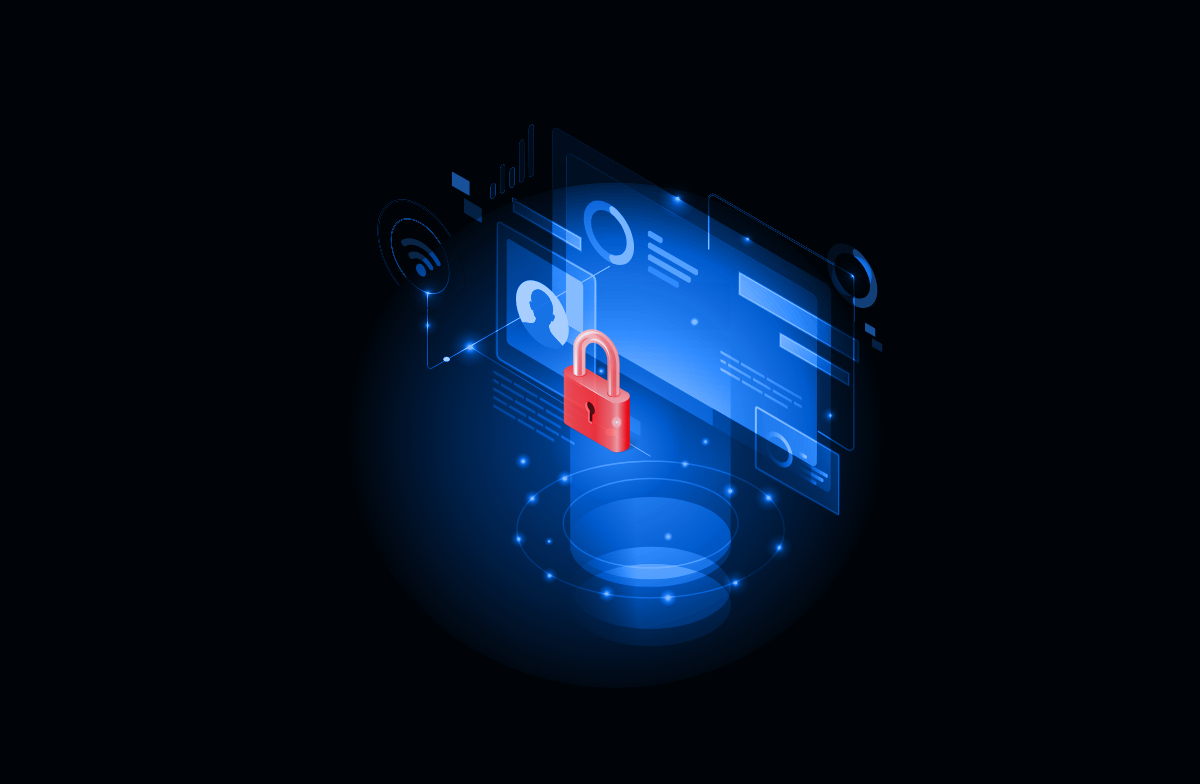
Cybersecurity Best Practices: Protecting Your Business Data
In today’s digitally connected world, cybersecurity is a top priority for businesses of all sizes. The threat landscape is constantly evolving, and cyberattacks can have devastating consequences. To safeguard your business data and maintain the trust of your customers, it’s crucial to implement cybersecurity best practices. In this blog post, we’ll explore essential strategies to protect your business from cyber threats.
Employee Training and Awareness
One of the most significant cybersecurity vulnerabilities is often your own employees. Ensure that your staff is well-trained in recognizing and responding to phishing attempts, social engineering tactics, and other common attack vectors. Regular cybersecurity awareness training can empower your employees to be the first line of defense against cyber threats.
Strong Password Policies
Implement strong password policies that require complex passwords and regular password changes. Consider using multi-factor authentication (MFA) to add an extra layer of security. Encourage employees to use password managers to securely store and generate complex passwords.
Regular Software Updates
Keep all software, including operating systems and applications, up to date with the latest security patches. Cybercriminals often exploit known vulnerabilities in outdated software. Automate software updates whenever possible to ensure timely protection.
Firewall and Intrusion Detection
Deploy a robust firewall to monitor incoming and outgoing network traffic. Implement intrusion detection systems (IDS) to identify and respond to suspicious activities. These security measures help prevent unauthorized access and data breaches.
Data Encryption
Encrypt sensitive data both in transit and at rest. Use secure communication protocols (such as HTTPS) for data transmission and encryption tools to protect data stored on servers and devices. Encryption adds an extra layer of security, even if attackers gain access to your data.
Regular Data Backups
Regularly back up your critical business data and systems. Store backups in a secure, offsite location to ensure data recovery in case of ransomware attacks, hardware failures, or natural disasters. Test your backup and recovery processes periodically.
Access Control and Privilege Management
Implement strict access control policies to restrict access to sensitive data. Assign user privileges based on job roles, ensuring that employees only have access to the information necessary for their tasks. Regularly review and update user access permissions.
Incident Response Plan
Develop a comprehensive incident response plan that outlines steps to take in the event of a cybersecurity incident. This plan should include communication procedures, containment measures, and recovery strategies. Regularly test and update the plan to address new threats.
Security Audits and Assessments
Conduct regular security audits and vulnerability assessments to identify potential weaknesses in your IT infrastructure. Address any vulnerabilities promptly to reduce the risk of exploitation.
Mobile Device Security
With the increasing use of mobile devices for work, it’s essential to implement mobile security measures. Require mobile device management (MDM) solutions, encryption, and remote wipe capabilities for company-owned and employee-owned devices.
Third-Party Risk Assessment
Assess the cybersecurity practices of third-party vendors and partners who have access to your data. Ensure they meet your security standards and have robust cybersecurity measures in place.
Continuous Monitoring
Implement continuous monitoring of your network and systems for anomalies and suspicious activities. Automated monitoring tools can provide real-time alerts, allowing for rapid response to potential threats.
Cybersecurity Insurance
Consider investing in cybersecurity insurance to mitigate financial risks associated with cyberattacks and data breaches. Review your coverage regularly to ensure it aligns with your evolving security needs.
In conclusion, cybersecurity is an ongoing effort that requires vigilance and proactive measures. By following these cybersecurity best practices, your business can significantly reduce the risk of falling victim to cyber threats and protect sensitive data. Safeguarding your business data not only preserves your reputation but also ensures business continuity and the trust of your customers. Stay vigilant and stay secure.


